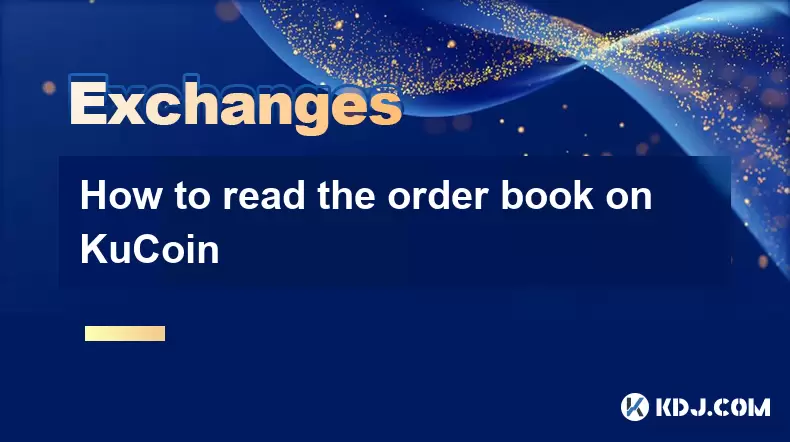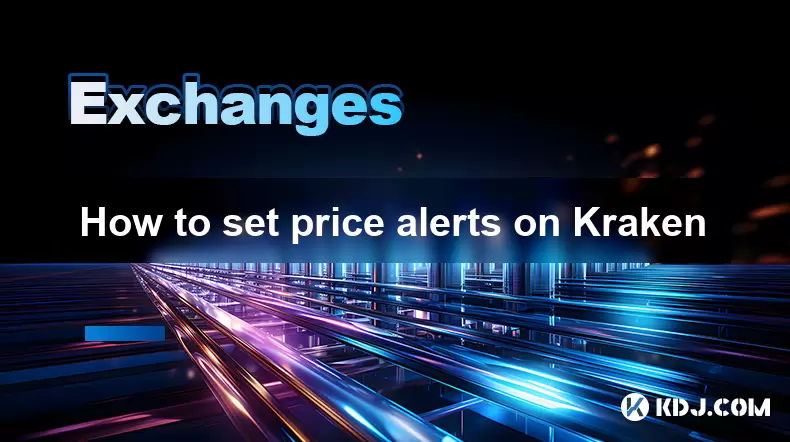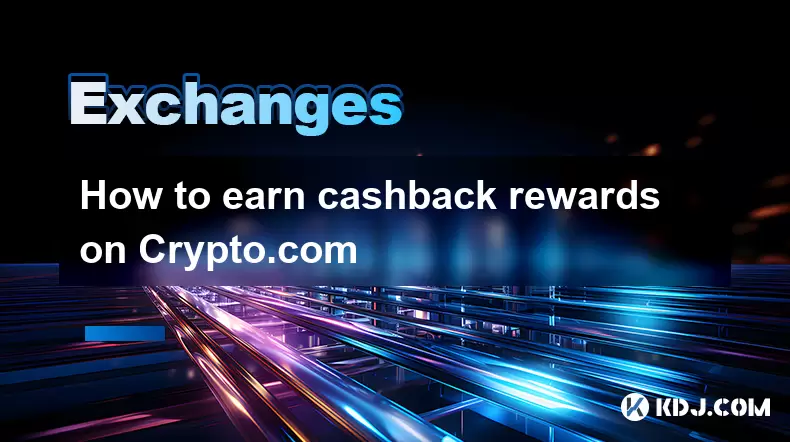-
 Bitcoin
Bitcoin $119100
-0.58% -
 Ethereum
Ethereum $4278
-0.66% -
 XRP
XRP $3.164
-1.81% -
 Tether USDt
Tether USDt $1.000
0.01% -
 BNB
BNB $811.7
0.11% -
 Solana
Solana $176.3
-3.92% -
 USDC
USDC $0.9999
0.01% -
 Dogecoin
Dogecoin $0.2255
-4.43% -
 TRON
TRON $0.3480
2.60% -
 Cardano
Cardano $0.7828
-3.40% -
 Hyperliquid
Hyperliquid $43.59
-4.94% -
 Chainlink
Chainlink $21.34
-3.88% -
 Stellar
Stellar $0.4443
-0.97% -
 Sui
Sui $3.697
-5.60% -
 Bitcoin Cash
Bitcoin Cash $596.5
4.16% -
 Hedera
Hedera $0.2498
-5.10% -
 Ethena USDe
Ethena USDe $1.001
-0.03% -
 Avalanche
Avalanche $23.11
-4.00% -
 Litecoin
Litecoin $121.1
-1.75% -
 Toncoin
Toncoin $3.397
0.42% -
 UNUS SED LEO
UNUS SED LEO $9.002
-1.29% -
 Shiba Inu
Shiba Inu $0.00001307
-4.57% -
 Uniswap
Uniswap $11.20
0.30% -
 Polkadot
Polkadot $3.901
-4.75% -
 Cronos
Cronos $0.1698
3.07% -
 Ethena
Ethena $0.8122
-3.72% -
 Dai
Dai $1.000
0.03% -
 Bitget Token
Bitget Token $4.416
-1.13% -
 Monero
Monero $263.9
-0.82% -
 Pepe
Pepe $0.00001130
-7.37%
What to do if the data returned by Kraken Exchange API is incomplete?
Troubleshoot incomplete Kraken API data by checking requests, respecting rate limits, handling errors, and using retries. Explore alternative data sources and consult Kraken's API documentation for specific solutions.
Mar 18, 2025 at 05:48 pm

Key Points:
- Understanding potential causes of incomplete Kraken API data.
- Troubleshooting steps for common data incompleteness issues.
- Utilizing alternative data sources and strategies for robust data retrieval.
- Importance of error handling and retry mechanisms in API interactions.
- Exploring Kraken's API documentation for specific solutions.
What to do if the data returned by Kraken Exchange API is incomplete?
Incomplete data from the Kraken Exchange API can be frustrating, hindering your trading strategies or data analysis. Several factors can contribute to this problem, ranging from temporary server issues to incorrect API requests. Let's explore the possible causes and solutions.
Identifying the Source of Incompleteness:
Before attempting any fixes, it's crucial to pinpoint the reason behind the incomplete data. Is it a specific endpoint failing, or are all requests returning partial information? Checking the API response for error codes is the first step. Kraken's API documentation provides a detailed list of error codes and their meanings. Carefully review the documentation to understand the specific error encountered.
Troubleshooting Incomplete Data from the Kraken API:
- Check your API request: Double-check your request parameters, including the endpoint, HTTP method (GET, POST, etc.), and any required parameters. A minor mistake in your request can lead to incomplete or incorrect responses. Examine your API keys and ensure they have the necessary permissions.
- Rate limits: Kraken, like most exchanges, implements rate limits to prevent abuse. If you exceed the allowed number of requests within a given time frame, your requests might be throttled or rejected, resulting in incomplete data. Implement delays between requests to respect these limits. Consult Kraken's API documentation for the specific rate limits.
- Server-side issues: Temporary server outages or maintenance on Kraken's side can cause incomplete or missing data. Try again after some time. Monitoring Kraken's status page for any reported issues is recommended.
- Network problems: Issues with your internet connection, such as packet loss or high latency, can disrupt communication with the Kraken API, leading to incomplete data. Ensure a stable internet connection before attempting further requests.
- Data filtering: If you're using parameters to filter the data (e.g., specifying a date range), ensure these parameters are correctly formatted and that the specified range contains the data you expect. Incorrectly formatted dates or time parameters are common causes of incomplete results.
Alternative Strategies and Data Sources:
If the problem persists despite troubleshooting, consider these strategies:
- Retry mechanism: Implement a retry mechanism in your code. This involves automatically resubmitting failed requests after a delay. Multiple retries can overcome temporary network glitches or server-side issues.
- Error handling: Robust error handling is crucial. Your code should gracefully handle API errors, preventing crashes and providing informative error messages. Log all errors for later analysis and debugging.
- Data aggregation: Combine data from multiple sources, including the Kraken API and other reliable cryptocurrency data providers, to create a more complete dataset. This reduces reliance on a single source and increases the resilience of your data pipeline.
- Historical data: For historical data, Kraken might offer bulk downloads or alternative APIs for accessing historical records. Check their documentation for these options.
Understanding Kraken's API Documentation:
Thoroughly reading Kraken's official API documentation is paramount. The documentation provides detailed information on each endpoint, including the parameters, expected responses, and potential error codes. Understanding this information will significantly improve your ability to diagnose and solve incomplete data problems. Pay close attention to sections regarding rate limits, authentication, and error handling.
Using WebSockets:
For real-time data, consider using Kraken's WebSocket API. WebSockets provide a persistent connection, allowing for continuous data streaming, minimizing the chance of missing updates. However, proper handling of WebSocket connections and disconnections is essential to avoid data loss.
Common Questions and Answers:
Q: My Kraken API requests consistently return a 429 error code. What does this mean?
A: A 429 error code usually indicates you've exceeded Kraken's API rate limits. You need to reduce the frequency of your requests or implement delays between them. Refer to the API documentation for specific rate limit details.
Q: The API response is missing some trade data. What could be the reason?
A: Several factors could cause missing trade data. Check your API request parameters, especially those related to filtering or date ranges. Ensure you're not inadvertently filtering out the data you need. Server-side issues or temporary outages are also possibilities.
Q: How can I handle incomplete data gracefully in my application?
A: Implement robust error handling and a retry mechanism. Log all errors, and consider alternative data sources or strategies to compensate for missing data. Do not assume that every API call will always return complete data.
Q: Where can I find detailed information about Kraken's API error codes?
A: Consult Kraken's official API documentation. It contains a comprehensive list of error codes and their explanations. Understanding these codes is crucial for effective troubleshooting.
Q: Are there any best practices for using the Kraken API to avoid incomplete data issues?
A: Always check the API response for errors. Implement rate limiting and retry mechanisms. Thoroughly review the API documentation, and use appropriate error handling in your code. Consider using WebSockets for real-time data.
Disclaimer:info@kdj.com
The information provided is not trading advice. kdj.com does not assume any responsibility for any investments made based on the information provided in this article. Cryptocurrencies are highly volatile and it is highly recommended that you invest with caution after thorough research!
If you believe that the content used on this website infringes your copyright, please contact us immediately (info@kdj.com) and we will delete it promptly.
- BlockDAG, Chainlink, Hedera: The Cryptos Enterprises are Eyeing
- 2025-08-12 09:30:12
- Dogecoin's Wild Ride: Big Holders, Price Push, and What's Next for the Meme Coin
- 2025-08-12 08:30:12
- Coin Master Board Adventure: Free Energy and the Thrill of the Board
- 2025-08-12 08:50:12
- Bitcoin to $133,000? Here's What the Experts Are Saying
- 2025-08-12 08:30:12
- LYNO AI Presale: Early Bird Opportunity Before Token Price Hike
- 2025-08-12 08:50:12
- Dogecoin, Tron Update, Cold Wallet ROI: Navigating Crypto's Choppy Waters
- 2025-08-12 09:30:12
Related knowledge

How to use margin trading on Poloniex
Aug 08,2025 at 09:50am
Understanding Margin Trading on Poloniex

How to read the order book on KuCoin
Aug 10,2025 at 03:21pm
Understanding the Order Book Interface on KuCoinWhen accessing the order book on KuCoin, users are presented with a real-time display of buy and sell ...

How to read the order book on KuCoin
Aug 12,2025 at 02:28am
Understanding the Basics of Staking in CryptocurrencyStaking is a fundamental concept in the world of blockchain and cryptocurrencies, particularly wi...

How to set price alerts on Kraken
Aug 11,2025 at 08:49pm
Understanding Price Alerts on KrakenPrice alerts on Kraken are tools that allow traders to monitor specific cryptocurrency pairs for price movements. ...

How to earn cashback rewards on Crypto.com
Aug 12,2025 at 02:08am
Understanding Cashback Rewards on Crypto.comCashback rewards on Crypto.com are a feature designed to incentivize users to spend using their Crypto.com...

How to use advanced trading on Gemini
Aug 08,2025 at 04:07am
Understanding Advanced Trading on GeminiAdvanced trading on Gemini refers to a suite of tools and order types designed for experienced traders who wan...

How to use margin trading on Poloniex
Aug 08,2025 at 09:50am
Understanding Margin Trading on Poloniex

How to read the order book on KuCoin
Aug 10,2025 at 03:21pm
Understanding the Order Book Interface on KuCoinWhen accessing the order book on KuCoin, users are presented with a real-time display of buy and sell ...

How to read the order book on KuCoin
Aug 12,2025 at 02:28am
Understanding the Basics of Staking in CryptocurrencyStaking is a fundamental concept in the world of blockchain and cryptocurrencies, particularly wi...

How to set price alerts on Kraken
Aug 11,2025 at 08:49pm
Understanding Price Alerts on KrakenPrice alerts on Kraken are tools that allow traders to monitor specific cryptocurrency pairs for price movements. ...

How to earn cashback rewards on Crypto.com
Aug 12,2025 at 02:08am
Understanding Cashback Rewards on Crypto.comCashback rewards on Crypto.com are a feature designed to incentivize users to spend using their Crypto.com...

How to use advanced trading on Gemini
Aug 08,2025 at 04:07am
Understanding Advanced Trading on GeminiAdvanced trading on Gemini refers to a suite of tools and order types designed for experienced traders who wan...
See all articles

























































































